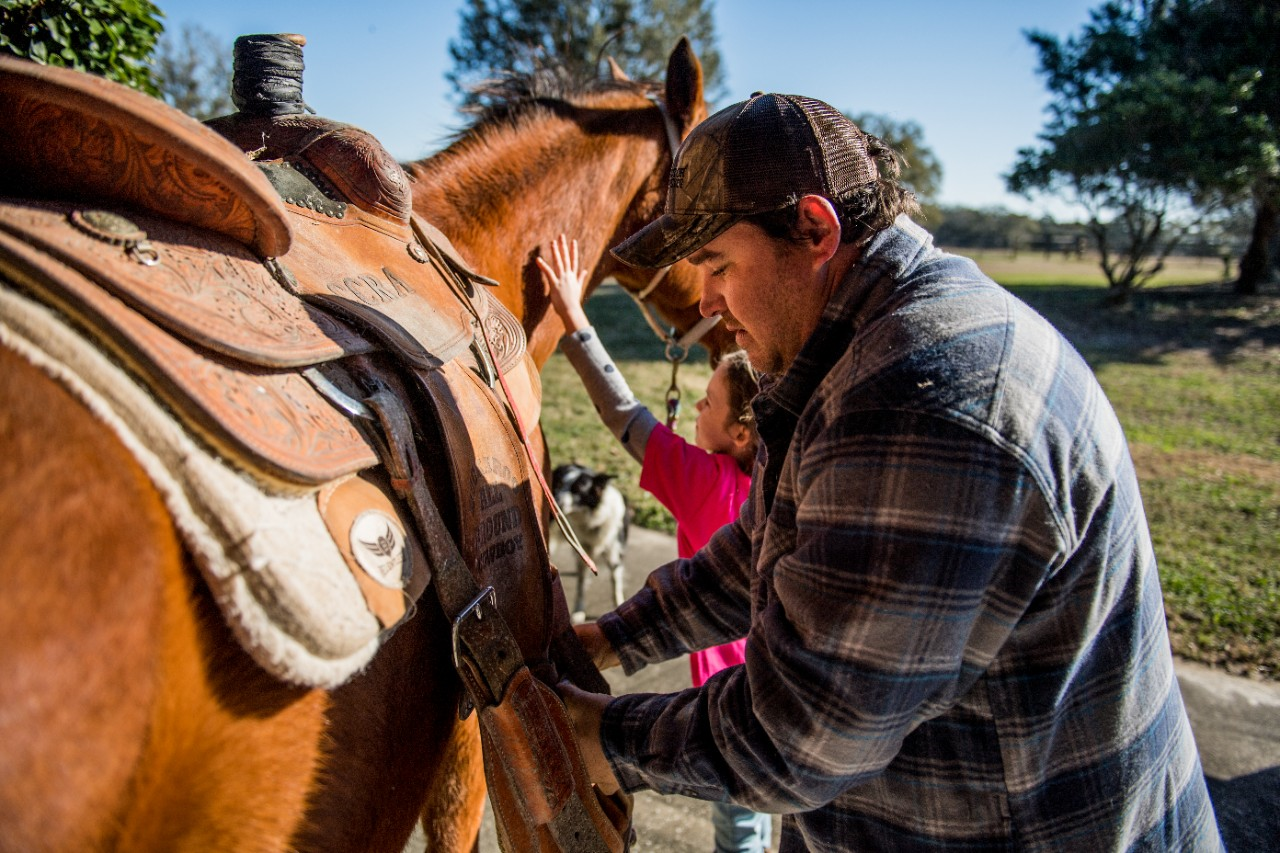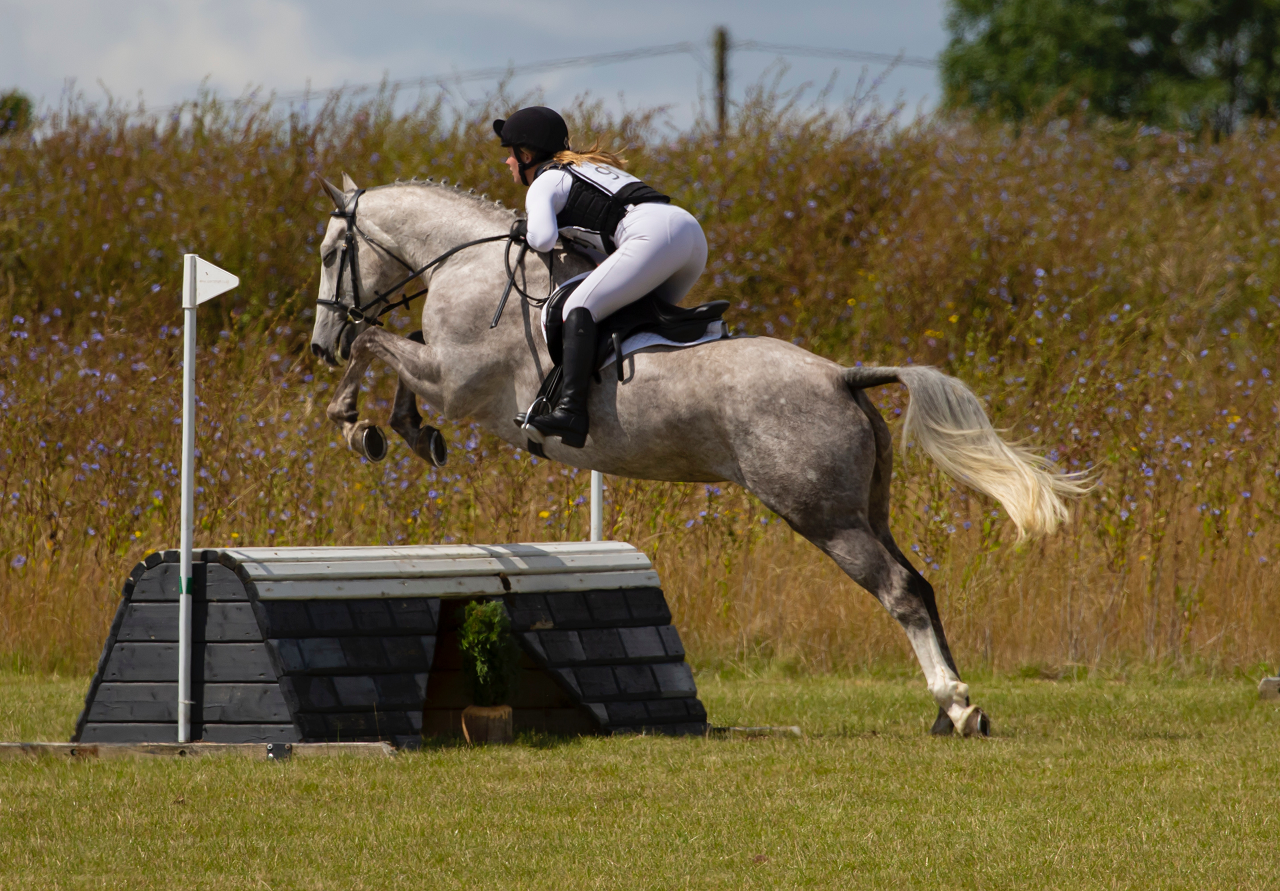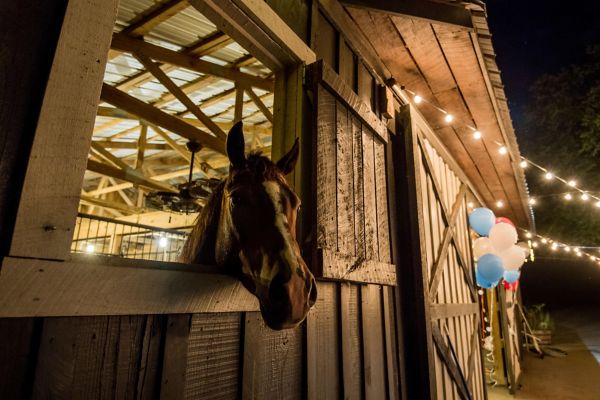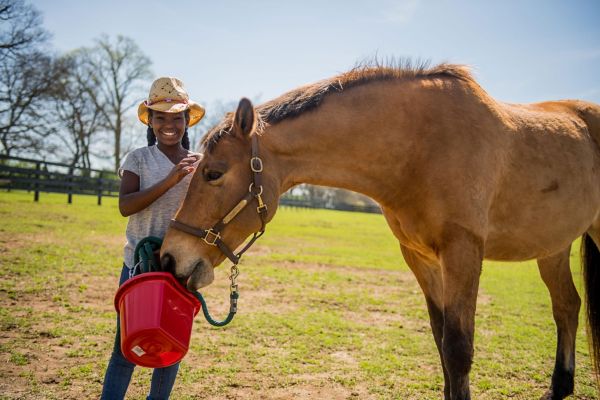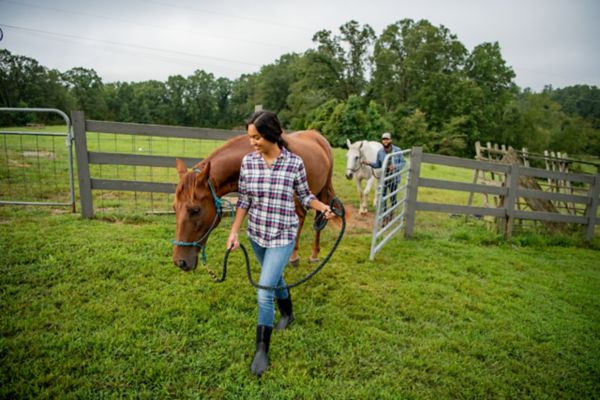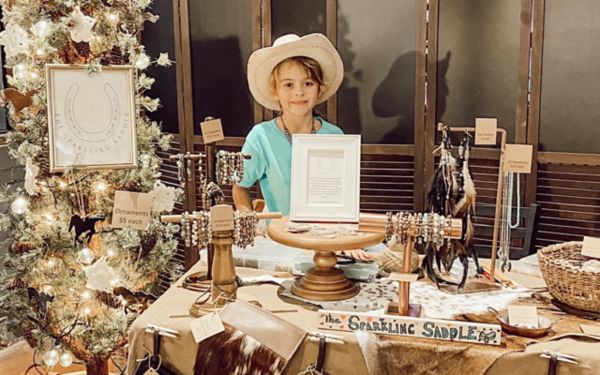Your Guide to Owning Horses
Authored by Katie Navarra
Owning horses can be one of the most rewarding experiences you’ll have. This horse care guide gives you what you need to know for housing and feeding your horse, grooming, transporting, first aid, and even the gear you need. Whether you choose to enjoy your horse in the backyard, on the trail or at a show, start here to make the most of your journey.
Housing horses
Horses can live in a variety of settings. Whether you keep your horse at home or board him at a stable, these are three housing options for horses: stalls, pasture with a run-in, and pasture with natural wind-block.
Regardless of how a horse is housed, he needs fresh, clean air or good ventilation. Keeping animals in an overly warm, poorly ventilated environment increases the risk of disease and stress.
Horses are naturally curious, so their living environment must be hazard free. Check stalls and run-ins for popped nails and sharp objects. Inspect fences periodically and make necessary repairs.
Stalls
Many horses have a stall inside a barn. Most often, a horse spends a part of each day inside and turned outside the rest of the day. However, horses in training and those recovering from injury or illness might be stalled around the clock. At a minimum, the stall should be 10’ x 10,’ and rubber stall mats on the floor provide extra cushion and support.
Pasture with a run-in
Another option is to build or buy a three-sided run-in shed with a roof. Choose one large enough to accommodate the number of horses in the pasture. Multiple run-ins are necessary for larger groups of horses.
Pasture with natural wind-block
Most importantly, horses need protection from wind, rain, and snow. Brush, a grove of trees, or a windbreak made of extra hay bales can suffice. Wild horses and those on large ranches thrive in these conditions.
Horse fencing
A fence that is safe and functional keeps your curious horse from exploring beyond his limits. Geographic location, personal preference and budget determine which fencing you use.
Woven wire no-climb fencing: Mesh fencing woven into squares is a durable, safe option for horses. Each square is 2” x 4” to prevent a horse from sticking a hoof through it. The flexible but sturdy wire makes it an ideal choice for hilly or uneven ground.
Electric fencing: Wire, braided electric poly rope, and poly tape are common, cost-effective fencing options. Run at least three strands to keep your horse from climbing over or under the fences. Don’t forget the fencer, which electrifies the fencing! Traditional and solar-powered models are available.
Post and rail: Made of wood or vinyl, post and rail fences add eye appeal to a property but are also more costly options to install and keep. Often, a single line of electric fence is installed inside the top rail to discourage horses from leaning or pushing on the fence.
Panels: Round pen panels are a non-electric choice available in an assortment of sizes. The portable panels allow you to create flexible turnout space to meet the changing needs of your herd.
Read more at our Horse Fence FAQ: Everything You Need to Know article.
Barb wire fencing is never safe for horses.
Horse feeding
There is much to learn about horse feed, treats, and supplements designed to keep your herd healthy and comfortable.
Forage in the form of pasture, baled, or bagged hay, is the foundation of the horse’s diet. When forage isn’t enough, feeds and supplements fill in the gaps. Specially formulated horse feeds supply protein, fat, vitamins, and minerals that may be lacking in the horse’s forage. Consider the horse’s age, level of work, and physical condition when choosing a feed. A veterinarian or equine nutritionist can help you create the best diet for your horse.
Free access to fresh water and a salt block or loose salt is also part of providing your horse with a balanced diet.
Read more about how to feed horses.
Horses and donkeys together?
Donkeys are part of the Equidae family and make wonderful companions for horses. Find out more about what makes these sweet mammals a great addition to your pasture.
Horse grooming
Grooming your horse is the best way to form a bond that will transfer into all aspects of your horse-owning goals. Regular grooming also allows you to inspect your horse for any wounds, injuries, or changes that might need veterinary or farrier care.
Here are the basic grooming supplies you’ll need:
Brushes: There are hundreds of brushes to choose from in every color imaginable. These basics should be in every horse owner’s grooming tote:
- A rubber curry comb or mitt to lift deep dirt from the horse’s coat.
- A stiff brush to whisk away loosened debris.
- A soft brush for sensitive areas like faces and legs.
- A shedding blade for spring coat loss.
Hoof pick: You’ve heard the old saying, “no hoof, no horse.” The hoof pick is a must-have grooming tool. Ideally, check and clean hooves daily. Check for any stones or objects that might be lodged in the hoof and look for any cracks or changes to the hoof that might need farrier attention.
Shampoos and conditioners: Bathing removes grime and dirt. Whether you just want to see your horse’s coat glisten in the pasture or show competitively, formulated horse shampoo is a must-have. A clean, shiny coat is eye-catching, but bathing too often can strip the coat of its natural oils. Spray-on conditioners detangle manes and tails, restore moisture to the coat, and some include ingredients that protect the coat from fading in the hot summer sun.
Learn more about essential horse grooming tools.
Did you know horses nap standing up?
Gear you need
Owning a horse requires a lot of “stuff.” How you plan to use your horse influences what gear and tack you’ll need.
At a minimum, every horse needs a halter and lead rope. A saddle and bridle are necessary if you’re planning to ride. The style of riding and where you ride (the trails or at the show) determines if you’ll need western or English tack. For any discipline, you’ll need a saddle pad, a saddle with a girth, and a bridle.
Tack room and stable supplies like storage racks and organizers can simplify daily chores, but perhaps the most important thing you need is fly control. Bugs are a nuisance and can make your horse uncomfortable. Apply fly spray to your horse and use traps, baits, and premise treatments to control insects around the barn.
Find more tips about horse tack, show gear and fly control with these articles.
Transporting your horse
Trail riding, lessons, and horse shows are fun ways to enjoy your horse and spend time with riders. However, you'll most likely need to transport your horse to participate in these activities. Having the right trailer supplies keeps your horse safe on the road and on-site.
- Trailer tie
- Hay bag
- Quick release tie for the side of the trailer. Baling twine or horse-specific plastic loops are good options.
- Pitchfork and muck bucket
- Water bucket
Get more tips for horse transportation >
What about leg wraps or shipping boots?
You’ll find mixed opinions about using fleece-lined shipping boots, bandages applied over quilted pads, bell boots only, or nothing. Boots and wraps can shift or loosen during travel, potentially creating a hazard in the trailer. But compression wraps can provide needed support for long hauls. And it’s essential to a horse’s coronary band from an injury caused by stepping on himself or a neighbor.
Talk to an experienced horse person you trust for their opinion and ask yourself these questions to decide which is right for your horse:
- Consider the trip length.
- Know the horse. Does he fidget and bang around, or is he an easy traveler?
- Consider the number of horses in the trailer, their hauling style, and proximity to one another.
Horse first aid
Horses are curious by nature and can find all sorts of ways to injure themselves. Keep an antiseptic cleanser and antibacterial ointment or spray on hand for minor cuts and scrapes. Larger wounds, lameness, and signs of distress need veterinary care. Putting together a first aid kit allows you to take care of minor issues and act quickly in emergencies to keep your horse comfortable and improve his chances for recovery.
These are the basics. Talk to your vet for recommendations based on your specific needs:
- Thermometer
- Sterile cotton gauze
- Adhesive wrap
- Antiseptic cleanser and wound cream or spray
- Clean towels
Learn more about wound care for horses.
Expected horse vital signs
It’s also important to know your horse’s vital signs. TPR (temperature, pulse, respiration) can signal illness, colic, and other conditions that require vet attention. These are the normal ranges of TPR in an adult horse. Exercise naturally elevates these, but they should return to normal after work.
- Temperature: 99.5 – 100.5
- Pulse: 24 – 48 beats per minute
- Respiration: 8 – 20 beats per minute
Find all your feed, tack, saddlery, riding gear, grooming and farrier equipment at TSC.
Get everything you need to keep your horse healthy at the Tractor Supply Co RX stop.

